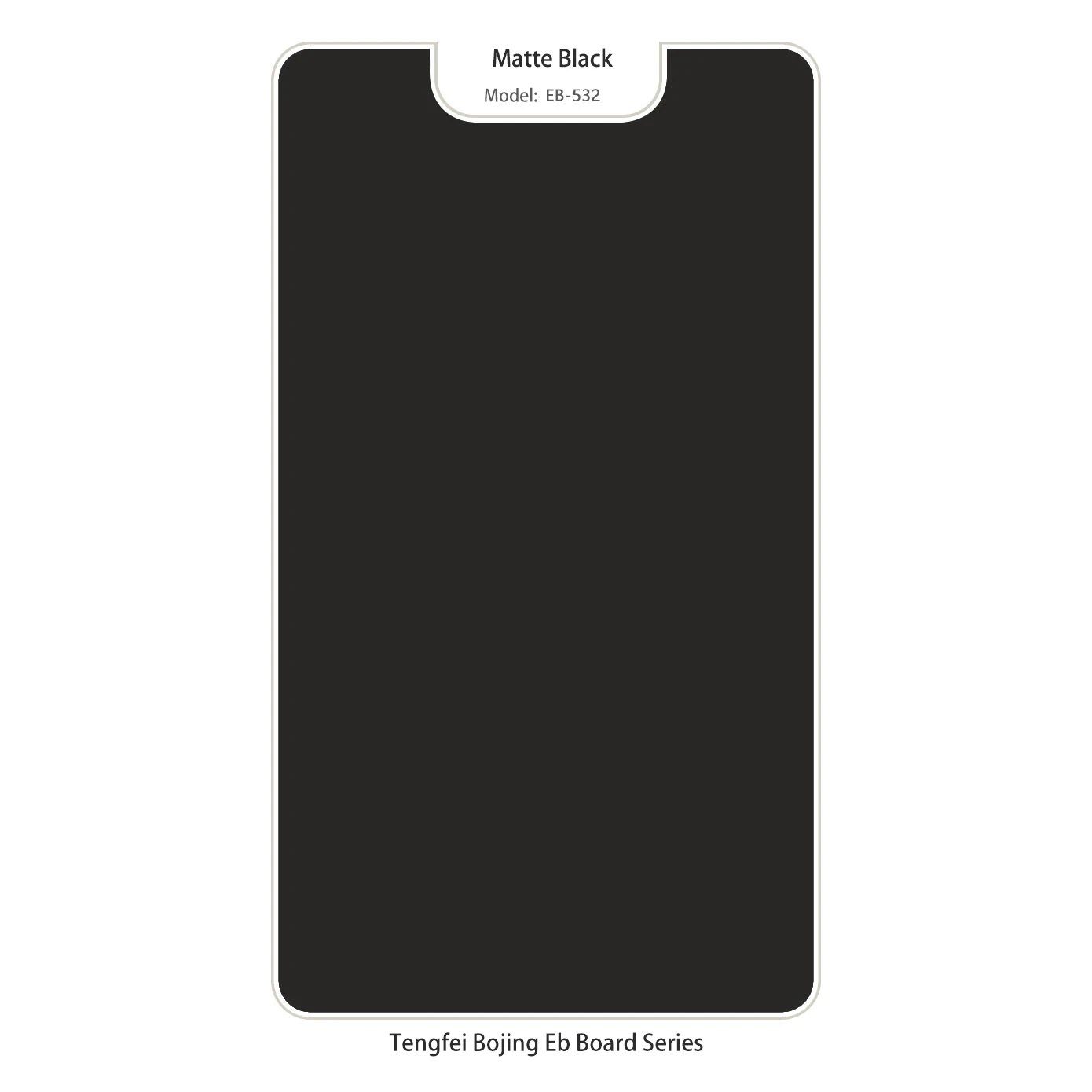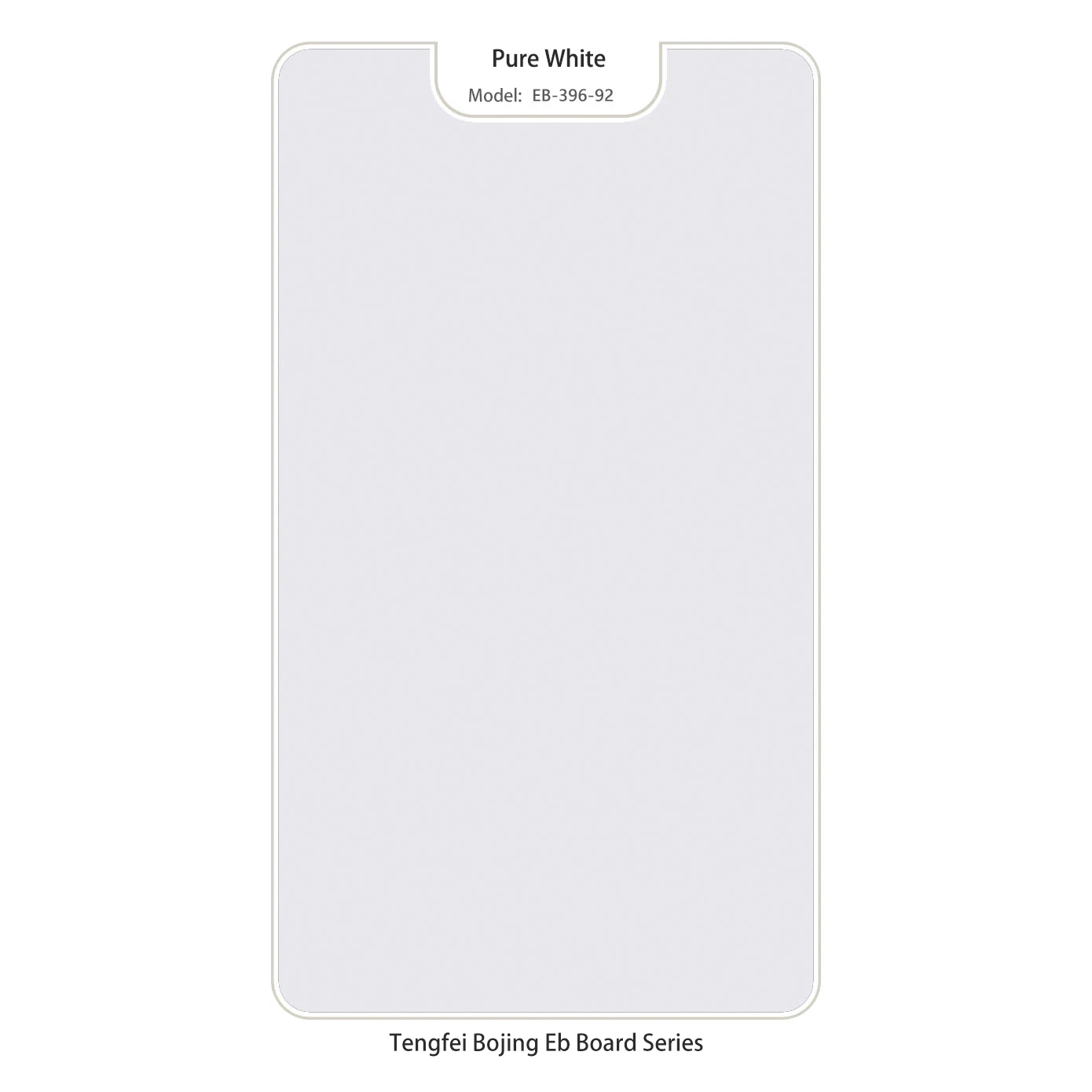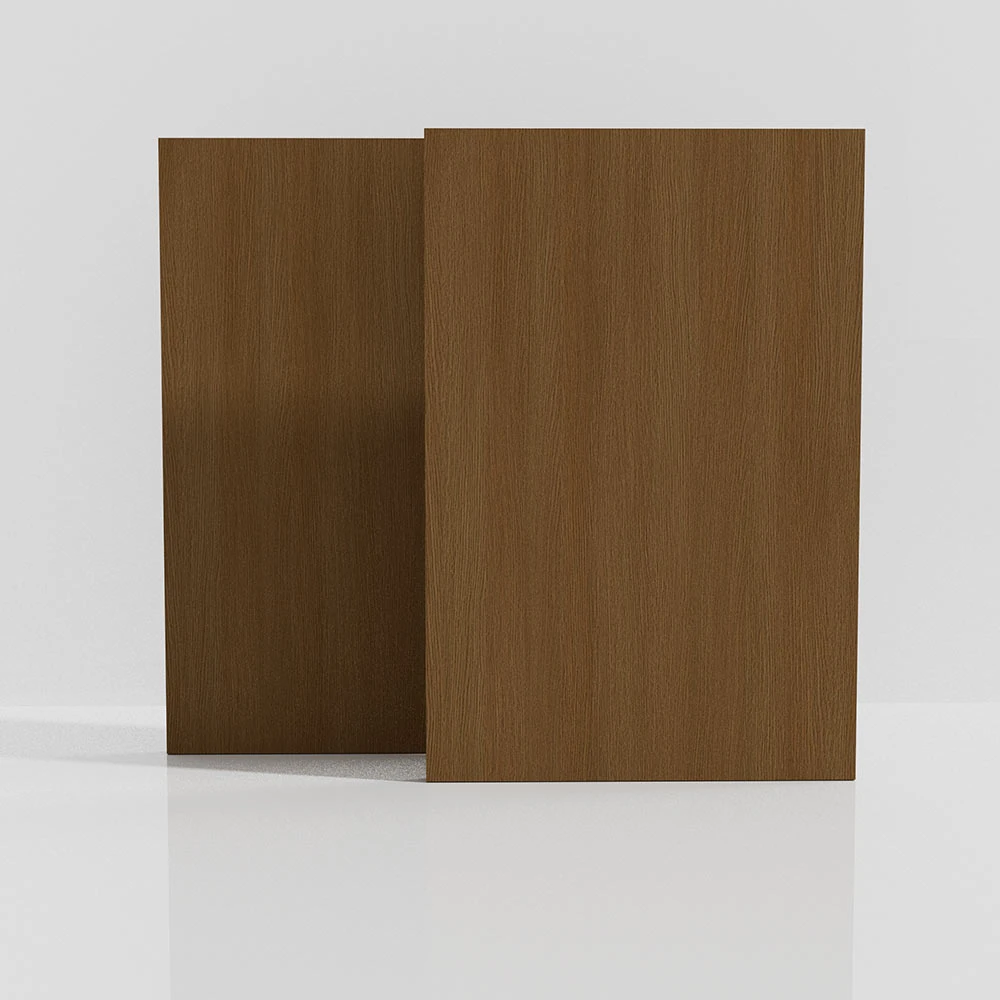- Introduction to big mdf board
and relevant materials
- Material properties and technological advantages
- Comparative analysis of manufacturers
- Customization options for diverse industries
- Case studies highlighting industrial applications
- Environmental impact and compliance standards
- Summary: Why big mdf board outshines competitors
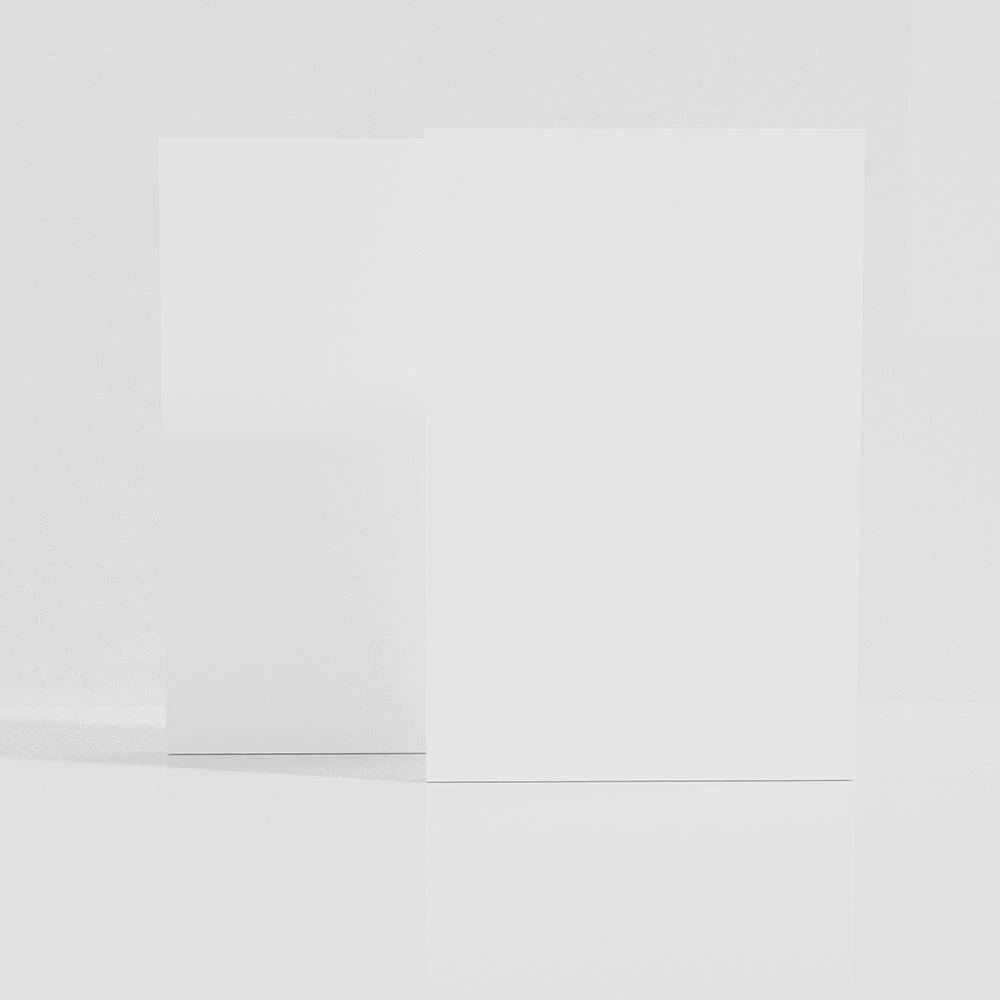
(big mdf board)
Introduction to Big MDF Board and Related Panels
The market for engineered wood products has experienced significant growth, with the demand for large-panel solutions such as big mdf board at the forefront. Big wooden board variations, including mdf board and particle board, are engineered to meet evolving requirements across construction and furniture industries. These products are chosen for their uniform density, smooth surfaces, and adaptability to different finishing methods.
Statistics from the Global Wood Panels Market (2023) show usage of engineered panels has increased by over 30% in three years, a testament to shifting preferences toward these materials.
Understanding the key technical traits and competitive landscape of big MDF boards is crucial for optimal application.
Material Properties and Technological Advantages
Big MDF boards are typically produced in formats exceeding 2440mm x 1220mm, supporting projects where seamless surfaces are critical. Compared to standard MDF or particle boards, these large panels enable less jointing, resulting in stronger, more reliable structures.
| Material Type |
Maximum Size (mm) |
Density (kg/m³) |
Surface Smoothness (Ra, µm) |
Formaldehyde Emission (mg/100g) |
| Big MDF Board |
3660 × 1830 |
730–800 |
<2.0 |
<1.5 (E1) |
| Big Wooden Board (Plywood) |
3050 × 1525 |
550–700 |
3.2–4.0 |
2.5–3.5 |
| Particle Board |
2800 × 2070 |
650–750 |
2.5–3.5 |
2.0–5.0 |
Big MDF boards exhibit a denser core, enhanced machinability, and the lowest emission levels among engineered panels. A smooth surface finish facilitates coating, laminating, and direct printing, extending their performance envelope. Technological advancements in production, such as continuous pressing and digital thickness calibration, ensure highly accurate and defect-free panels.
Comparative Analysis of Manufacturers
The supplier landscape for large MDF panels is dominated by leading global manufacturers, offering a range of qualities and certifications. A comparative analysis based on panel sizes, product consistency, after-sales service, and international compliance reveals important distinctions.
| Manufacturer |
Country |
Panel Size Range (mm) |
Product Certifications |
Warranty (Years) |
Lead Time (Days) |
| Kronospan |
Germany |
2440–3660 x 1220–1830 |
FSC, CE, CARB |
10 |
30–45 |
| SOLIDWOOD |
Malaysia |
2440 x 1830–3660 |
ISO 9001, E1 |
7 |
20–30 |
| Greenlam |
India |
2440–3660 x 1220–1830 |
FSC, ISO 14001 |
8 |
28–35 |
Kronospan, for example, is renowned for its high consistency and adherence to European environmental norms, while Malaysian and Indian suppliers offer competitive pricing and fast delivery.
When selecting a supplier, it is paramount to consider material grades, customization capabilities, and lifecycle support in addition to cost.
Customization Options for Diverse Industries
A major strength of big MDF boards is the breadth of customization options for clients in interior design, retail, and specialized industrial settings. Laminated, veneered, fire-rated, and moisture-resistant variants allow end-users to specify panels for their projects’ demands.
- Thickness Range: Common choices from 6mm to 40mm for different load requirements.
- Surface Finish: Matt, gloss, textured, or pre-primed for paint and lamination.
- Edge Profiling: CNC machined for decorative and structural integration.
- Performance Upgrades: Options include low-emission formulas, increased fire resistance, and antibacterial surfaces for healthcare applications.
Custom packaging, pre-cut configurations, and multi-layered panel systems strengthen value propositions for OEMs and project contractors. With the ability to source jumbo boards or nested cut-to-size elements, production waste is minimized and installation time is reduced, driving project efficiency.
Case Studies Highlighting Industrial Applications
Big MDF and particle boards underpin landmark projects worldwide. Their size, dimensional stability, and finishing options make them staple materials in modern commerce and architecture:
-
Retail Fixtures: A 65,000 sq ft department store chain in Europe utilized 3000+ boards for seamless shelving and wall cladding, reducing installation hours by 40% compared to smaller traditional panels.
-
Hospitality Fit-outs: A major hotel renovation chose fire-rated MDF panels in 3660 × 1830mm dimensions, achieving Class 0 fire performance and exceeding safety protocols.
-
Automotive Plant Assembly: Bespoke big wooden boards for fixture bases and tool surfaces led to lower variation and a significant 25% improvement in tool calibration repeatability.
-
Healthcare Environments: Treated panels with antibacterial coating serve as wall lining in laboratories, meeting strict hygiene and durability requirements.
These examples underscore the adaptability and outcome-focused design potential of engineered boards at scale, making them integral to competitive, future-facing projects.
Environmental Impact and Compliance Standards
Environmental stewardship is shaping decisions in board selection. Big MDF and similar engineered wood products are primarily composed of recycled wood fibers, diverting wood waste from landfills and reducing pressure on forests.
Key Compliance Indicators:
- FSC® Certification: Guarantees wood comes from responsibly managed sources.
- CARB & E1 Emission Standards: Secures formaldehyde emissions at health-safe levels (<1.5 mg/100g for best-in-class products).
- ISO 14001: Measures environmental management throughout manufacturing.
Manufacturers investing in closed-loop production and smart resource utilization can reduce manufacturing-related emissions by up to 19%, as indicated by Life Cycle Assessment (LCA) data from 2022.
Moreover, advanced resins and bonding techniques further decrease environmental footprint without sacrificing panel performance.
Summary: Why Big MDF Board Outshines the Competition
In today’s construction, retail, and manufacturing sectors, the big mdf board stands out through a balance of dimensional consistency, superior surface quality, and technological flexibility. Its environmental compliance, customizable specifications, and proven industrial case studies confirm its position as the premium engineered wood solution.
For projects seeking value, longevity, and design versatility, big MDF boards consistently outperform traditional alternatives such as particle board and large plywood. By leveraging global manufacturing expertise and embracing eco-conscious production methods, they deliver results aligned with contemporary standards and evolving aesthetic demands.
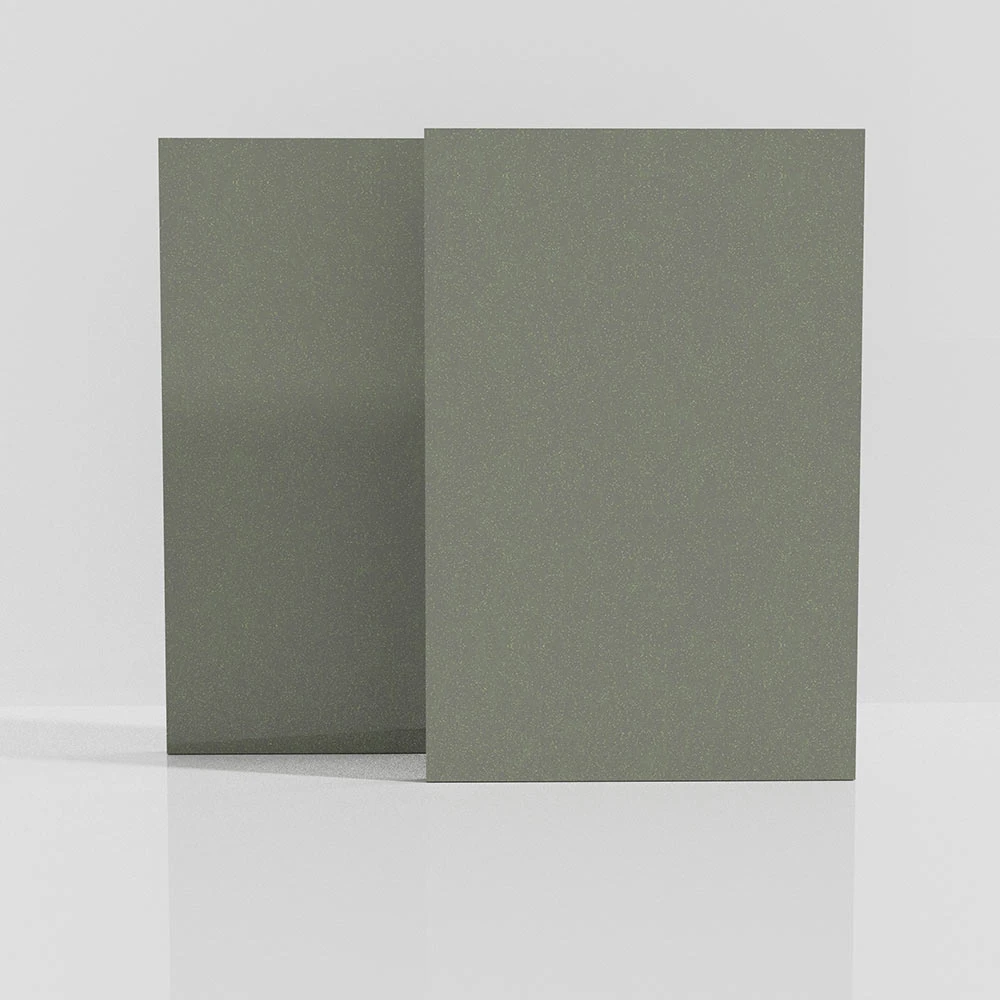
(big mdf board)
FAQS on big mdf board
Q: What is a big MDF board used for?
A: Big MDF boards are commonly used for furniture making, shelving, and interior paneling. Their large size minimizes joints and seams in big projects. They offer a smooth, paintable surface.
Q: How does a big wooden board differ from MDF?
A: A big wooden board is cut from solid wood, maintaining natural grain and strength. MDF boards are engineered from wood fibers and resins for uniformity. Wooden boards are stronger, while MDF boards are smoother and easier to finish.
Q: Can I use an MDF board and particle board interchangeably?
A: MDF board and particle board serve similar purposes but differ in strength and finish. MDF is denser, smoother, and better for painting, while particle board is lighter and less expensive. For visible surfaces, MDF is usually preferred.
Q: Are big MDF boards easy to cut and shape compared to big wooden boards?
A: Yes, big MDF boards are easier to cut and shape than solid wooden boards. They don’t have knots or grain, reducing the risk of splitting. Always wear a mask when cutting MDF due to dust.
Q: Is a big MDF board suitable for outdoor use?
A: Big MDF boards are generally not recommended for outdoor use. They can absorb moisture and swell, leading to damage. For outdoor projects, a big wooden board or treated boards are better options.
